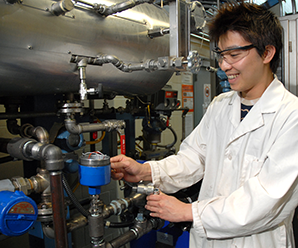Platt’s reported July 5 that China’s independent refineries were awarded a second batch of crude import quota allocations for 2018 totaling 9.68 million metric tons (MMT) for 20 refiners, bringing the year-to-date allocation to about 31.4% higher from 98.34 MMT allocated to 33 refineries last year. With the allocation from the Ministry of Commerce (MOFCOM), independent refiners will be able to bring in more crude barrels for refining in the second half of the year. Adding the new allocations, ChemChina would get a total quota of 18.5 MMT, up 23.5% from its volume of 15 MMT last year, while the majority are getting 100% of their allocations. But Wudi Xinyue Petrochemical only gets a total of 2.16 MMT with the addition of the second batch, which is around 90% of its annual ceiling of 2.4 MMT. China’s top economic planner, the NDRC, sets the maximum annual volume that an independent refiner can import, while MOFCOM issues quotas for the actual volume that a refiner is allowed to import in a specific year.

Refiners in China recently processed record volumes of crude approaching 9.6 million bpd.
At the end of May, at least five independent refineries in Shandong, China’s northern province, have been ordered to cut operating rates as Beijing aimed for clear blue skies for a regional summit in port city Qingdao. The instructions came as Qingdao prepared to host the Shanghai Cooperation Organization (SCO) summit in June. China typically takes such steps ahead of major political gatherings to ensure they proceed with clear air and without any accidents that could disrupt events. The cuts range between 30% to 50% of the plants’ capacities, removing about 45,000 bpd of processing capacity from the market, according to Reuters calculations. That’s a fraction of the 1.9 million bpd that independent refiners, known as teapots, imported in April. But the measures are the latest setback for teapots as they struggle with shrinking profit margins, new tax rules, tighter regulatory scrutiny and greater competition. Teapots account for a fifth of China’s monthly crude imports, which hit a record 9.6 million bpd in April.
The Platt’s report noted that in China, refineries built and operated by state-owned companies Sinopec, PetroChina, CNOOC and Sinochem don’t need quotas to import crude oil. But all other refineries, including independent ones and those owned and operated by state-owned companies including ChemChina and Norinco, are allocated import quotas for crude oil. China’s independent refiners imported 44.1 MMT in the first five months of 2018, up 4.6% year-on-year, according to a Platts survey.
Elsewhere, China National Petroleum Corp (CNPC) plans to help complete a refinery in Rio de Janeiro that already cost Brazil’s state-controlled oil company Petrobras $14 billion before it was halted amid a widespread graft investigation. CNPC signed a letter of intent adding the Comperj refinery to a partnership signed by the two companies last year. The multi-billion dollar petrochemical and refinery project dates back to 2004 and the original plans were for seven plants and more than 100,000 jobs. It was suspended in 2015 amid the corruption investigation known as Carwash. Petrbroas abandoned the petrochemical unit in 2015 amid a series of write downs, and has been seeking a partner to conclude one of the two planned refineries.







Leave a Reply
You must be logged in to post a comment.